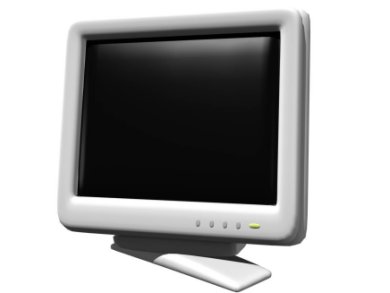Screens of all kinds – telephones, computers, flat-screen televisions – use liquid crystals. Each point on the screen (pixel) contains a liquid crystalline substance, and an applied voltage causes the crystals to polarize. This reorganization takes time — currently 10 ms.
Andreas Vasdekis and co-workers, École Polytechniques Fédérale de Lausanne, Switzerland, have reduced the response time of a liquid crystal pixel to about 1 ms. Instead of applying a voltage to the crystals, the team have created peristaltic flow in microchannels by exerting mechanical pressure on the walls of the microchannels. As the flow moves through the channel, the crystals align with the current and become polarized.
The faster refresh rate could see liquid crystals used in specialized applications, such as optical information processing systems or three-dimensional screens.
- Optofluidic modulator based on peristaltic nematogen microflows
J. G. Cuennet, A. E. Vasdekis, L. De Sio, D. Psaltis,
Nature Photonics 2011.
DOI: 10.1038/nphoton.2011.18




